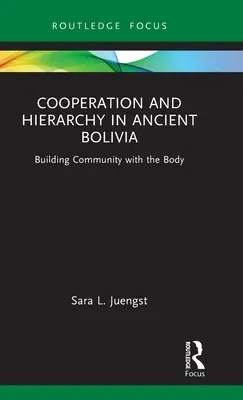Sara L Juengst
(Author)Cooperation and Hierarchy in Ancient Bolivia: Building Community with the BodyHardcover, 28 February 2023

Qty
1
Turbo
Ships in 2 - 3 days
Only 2 left
Free Delivery
Cash on Delivery
15 Days
Free Returns
Secure Checkout

Part of Series
Bodies and Lives
Print Length
122 pages
Language
English
Publisher
Routledge
Date Published
28 Feb 2023
ISBN-10
1032004703
ISBN-13
9781032004709
Description
Product Details
Author:
Book Format:
Hardcover
Country of Origin:
US
Date Published:
28 February 2023
Dimensions:
21.59 x
13.97 x
0.97 cm
Genre:
Latin America
ISBN-10:
1032004703
ISBN-13:
9781032004709
Language:
English
Location:
Oxford
Pages:
122
Publisher:
Series:
Weight:
308.44 gm